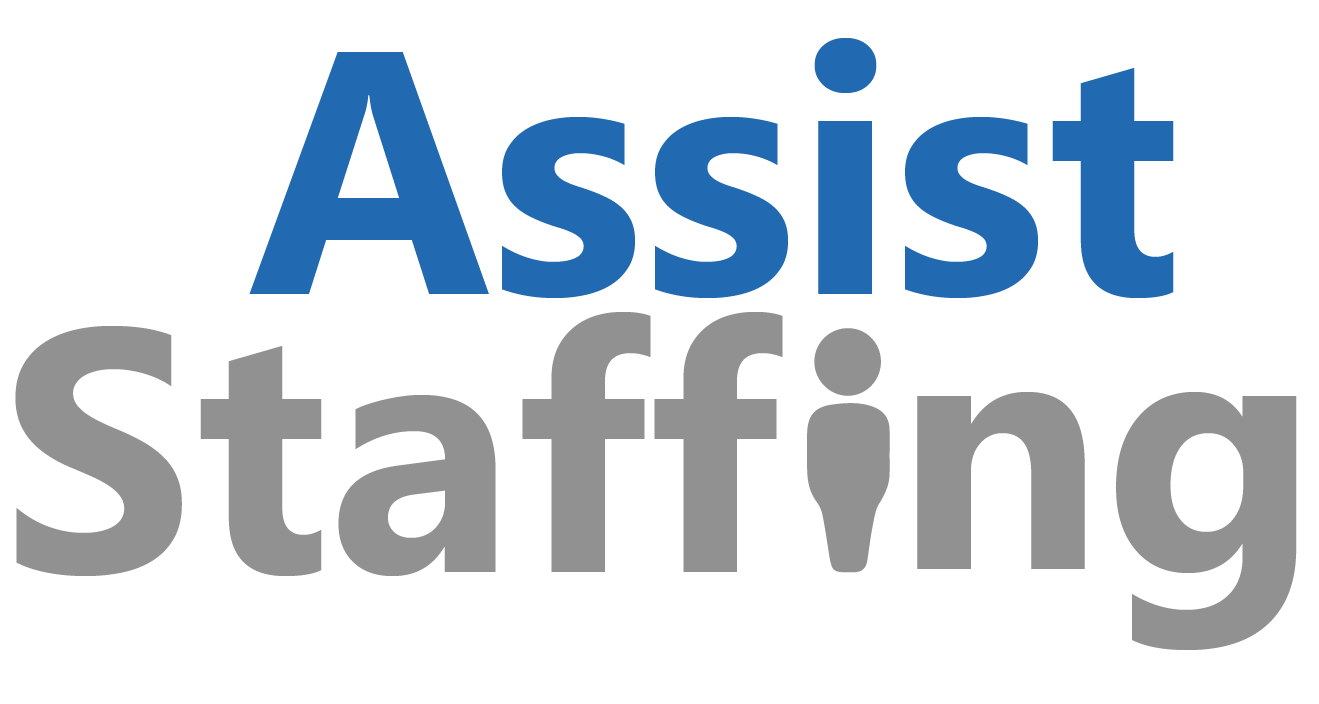
Tng
Overview
-
Sectors Delivery Driver - Small Parcel
-
Posted Jobs 0
-
Viewed 52
Company Description
The Ai Enterprise Donald Trump Says is actually a ‘Alarm Bell’ To America’s Tech Hub
DeepSeek states its newest AI model is as excellent as those of its American rivals, was more to build and it’s readily available totally free. What does that mean for US AI supremacy?

A Chinese business called DeepSeek, which recently open-sourced a big language design it claims carries out as well as OpenAI’s most capable AI systems, is now the white hot focal point for the AI neighborhood. Its tech is being admired as one of the very best open-source challengers to leading American AI models, stiring stress and anxieties about China’s formidability in the magnifying worldwide AI race and spurring U.S. startups to re-examine their own work after a foreign rival seemingly did so much more with so fewer resources.
In late December, the small Chinese lab, based in Hangzhou, released V3, a language model with 671 billion parameters, which was apparently trained in two months for simply $5.58 million. That’s an expense orders of magnitude less than OpenAI’s GPT-4, a bigger design at an estimated 1.8 trillion specifications, but developed with a $100 million cost tag. Last week, DeepSeek tossed down another gauntlet, launching a design called R-1, which it claims rivals OpenAI’s o1 design on what’s called “reasoning jobs,” like coding and resolving complex math and science problems. OpenAI charges users $200 per month for such designs; DeepSeek offers its own for totally free.
The power of DeepSeek’s model and its pricing are currently shifting the method American AI startups run their businesses. It’s a low-cost, compelling option to offerings from incumbents like OpenAI, Jesse Zhang, CEO of Decagon, which develops AI representatives for customer care, informed Forbes. DeepSeek’s brand-new model will likely require American AI giants like OpenAI and Anthropic to reassess their own costs.
Eiso Kant, CTO and co-founder of Poolside AI, a unicorn that develops AI for software application engineering, told Forbes that DeepSeek’s strength remains in its engineering ability to do more with less.
“What DeepSeek is revealing the world is that when you put a strong focus on making your training compute-efficient, you can do a lot,” he stated. “There’s incredible things that you can continue to eject of these Nvidia chips to make them exceptionally more effective.”
“It’s type of wild that somebody can go in and spend numerous countless dollars for a closed source design. And after that suddenly you get an open-source one that’s just out there totally free.”
With OpenAI’s o1 design allegedly bested on certain standards, some startups have actually already begun obtaining information to train more sophisticated systems, Manu Sharma, CEO of data identifying business Labelbox informed Forbes. “I think the AGI race is sort of reset in many ways,” he stated. “We are going to just see far more competitiveness across the board.”
Alexandr Wang, the billionaire CEO of training information behemoth Scale AI, just recently called the design “earth shattering.” And Aravind Srinivas, CEO of $9 billion-valued AI search startup Perplexity has actually stated that he plans to integrate the model into the primary search item. AI chip business Groq has actually already added DeepSeek’s R1 model to its language processing units. (In June, Forbes sent out Perplexity a stop and desist after accusing the startup of using its reporting without consent.)

Others are less amazed. Writer CEO May Habib told Forbes she’s not shocked that DeepSeek’s designs, trained on a considerably smaller sized spending plan, are able to match the most intelligent models in the US. In October, Writer released a model that was trained with just $700,000, when it cost $4.6 million for OpenAI to build a design with comparable capabilities. The company used synthetic data to reduce its training costs.
“Even before DeepSeek’s design exploded on the scene, we have been stating that these models are commoditizing. They’re getting a growing number of dispersed,” Habib stated.
Over the weekend, as buzz about the business grew, DeepSeek surpassed ChatGPT on Apple’s app store, ranking No. 1 for complimentary app downloads in the United States. Then, on Monday, numerous U.S. tech stocks nosedived as panic around DeepSeek’s effective model launch spread. By day’s end, AI chip leviathan Nvidia’s market cap had actually been shaved down nearly $600 billion.
It was a shocking upending of the AI world order. “It’s type of wild that somebody can go in and invest numerous countless dollars for a closed source design,” Greg Kamradt, president of ARC Prize, a nonprofit that criteria AI designs, informed Forbes. “And then all of a sudden you get an open-source one that’s just out there for totally free.”
For weeks DeepSeek’s models have actually been lauded by some of the most prominent names in the AI world consisting of Meta’s chief AI researcher Yann LeCun, OpenAI cofounder Andrej Karpathy and Nvidia’s senior research scientist Jim Fan. But news of the company’s newest achievement has sent America’s AI heavyweights rushing to figure out simply how the Chinese company is getting such excellent outcomes while investing a lot less money.
“Deepseek R1 is AI‘s Sputnik minute,” investor-billionaire Marc Andreessen composed on X.

“The release of DeepSeek, AI from a Chinese business, should be a wakeup call for our industries that we need to be laser-focused on completing to win.”
Despite the pomp and bombast of the Trump administration’s recent AI statements, DeepSeek has actually heightened fears that the U.S. might be losing its AI edge – particularly due to the fact that it’s been so successful in spite of the tight US export controls that avoid it from using Nvidia’s state of the art AI chips. The business’s latest achievement is a sobering counterpoint to Project Stargate, a joint venture between OpenAI, Oracle and Japanese tech conglomerate Softbank, to invest $500 billion in AI infrastructure.
Ahead of a meeting with House Republicans in Florida on Monday, Trump acknowledged the risk. “The release of DeepSeek, AI from a Chinese company, should be a wakeup require our markets that we need to be laser-focused on contending to win,” he said.

There are cautions to DeepSeek’s newest accomplishment. Researchers have discovered its AI models tend to self-censor on topics that are delicate to the Chinese Communist Party (CCP). Security researcher Jane Manchun Wong informed Forbes DeepSeek’s models do not react to concerns about Chinese President Xi Jinping and the 1989 Tiananmen Square protests. Beyond this, there are privacy concerns. Data participated in DeepSeek’s models is kept in servers found in China, according to its policies.

Divyansh Kaushik, a vice president at national security advisory company Beacon Global Strategies alerted Forbes against people using DeepSeek without extensive vetting. “Unless we can have clear national security and free speech examinations of Chinese models, they should be dealt with like propaganda arms of the CCP,” he said. “They ought to be dealt with as Huawei on steroids.”
The issue is DeepSeek’s value proposition: a cutting-edge AI reasoning design that’s totally free to use and open in the closed, fee-based AI world being developed by companies like OpenAI and Anthropic. “It’s better to have a Chinese design that is open source versus an American model that is closed source,” said Labelbox’s Sharma.

